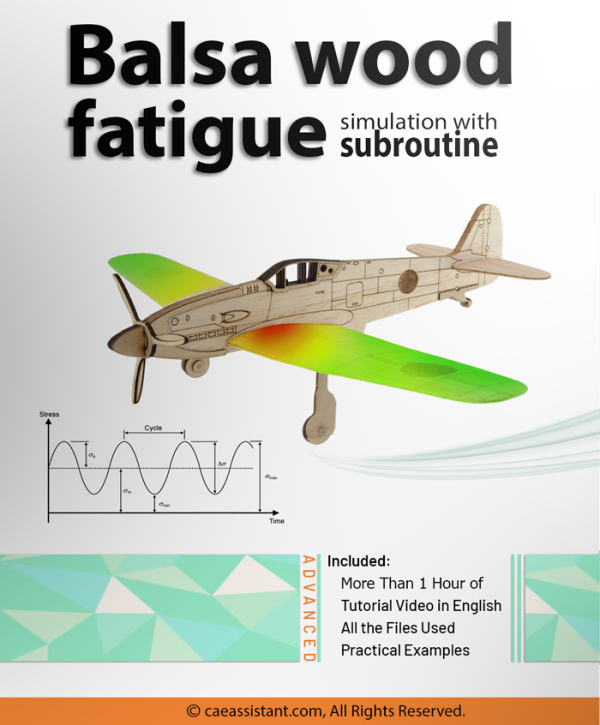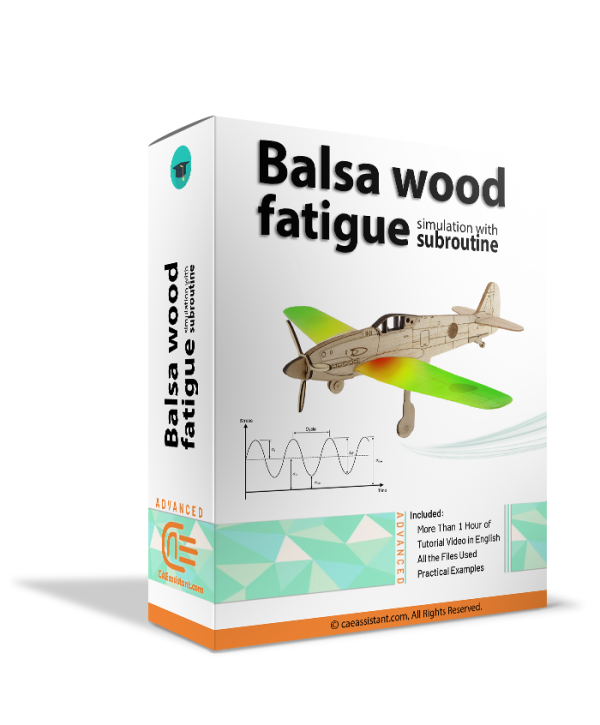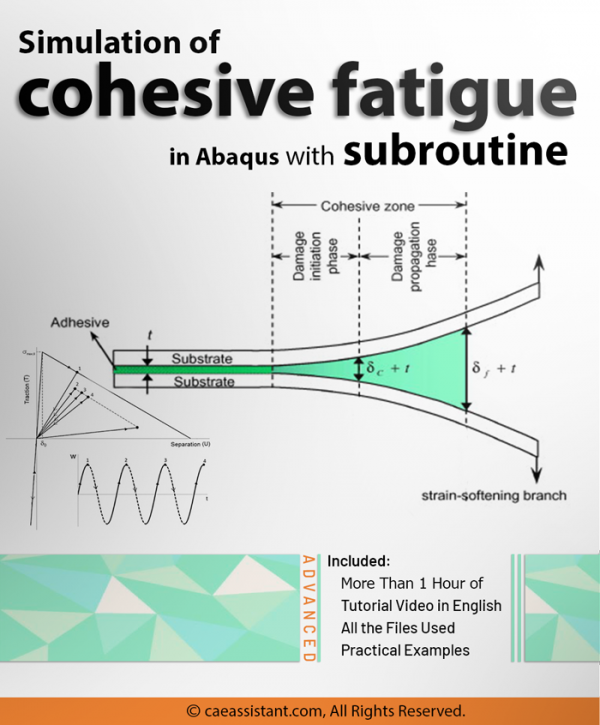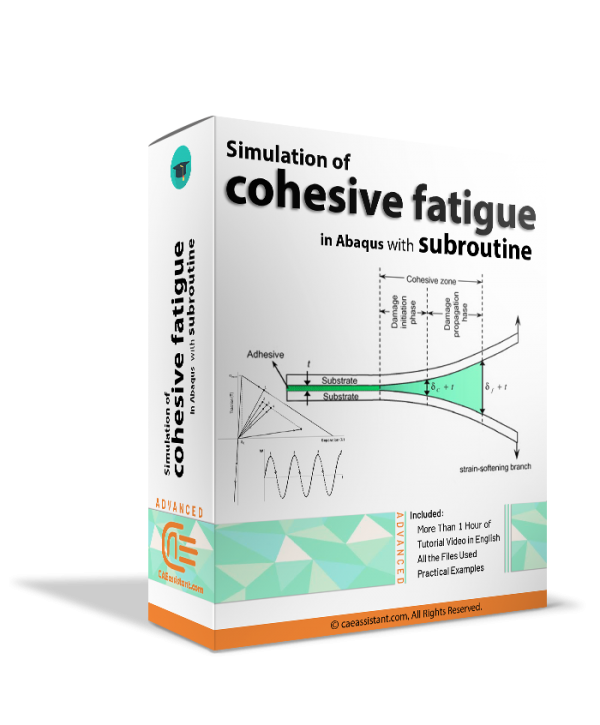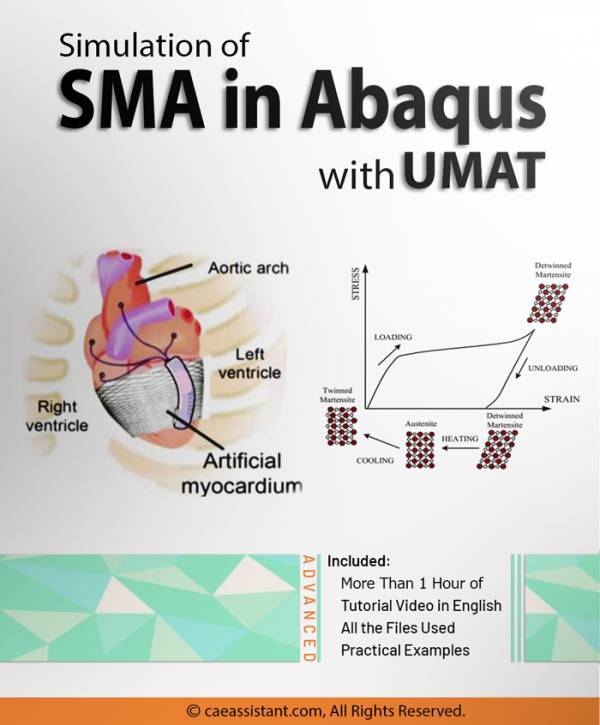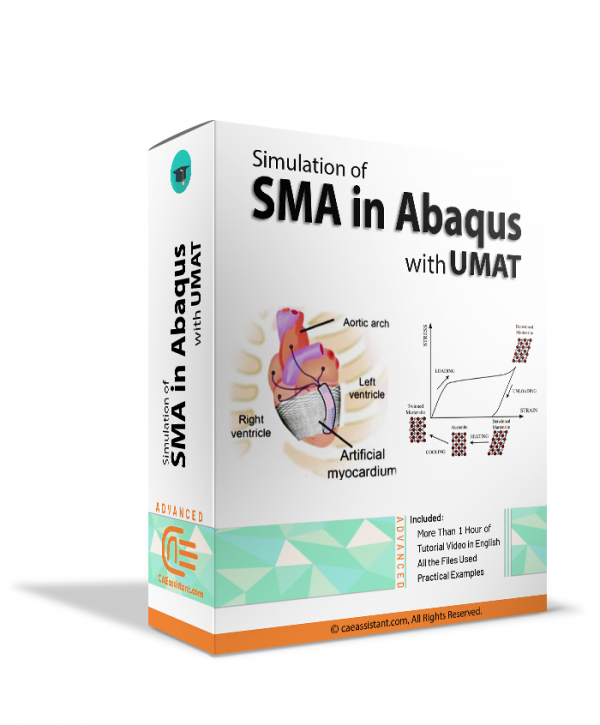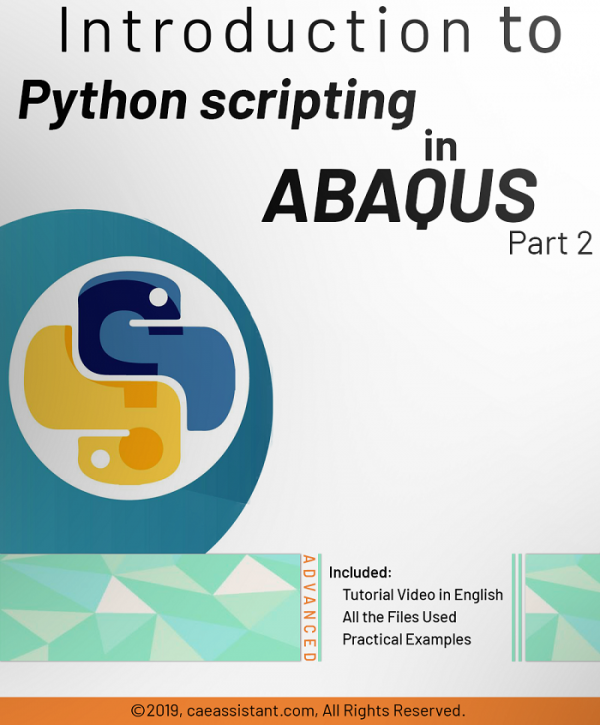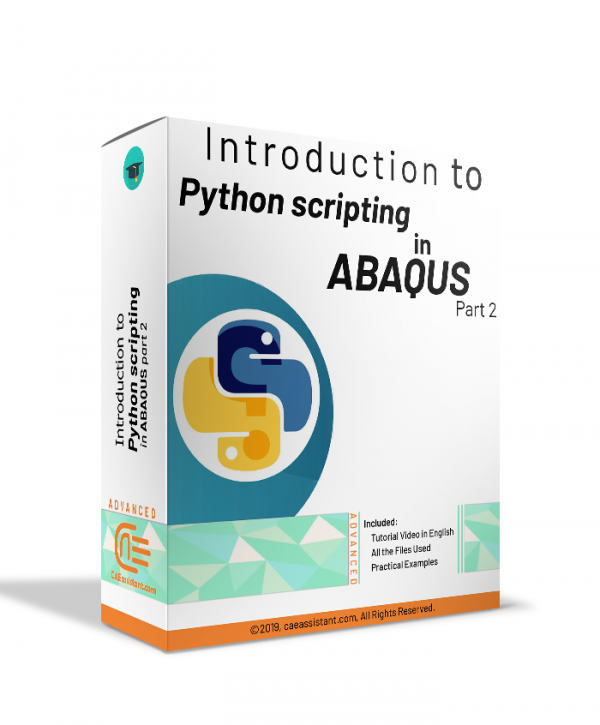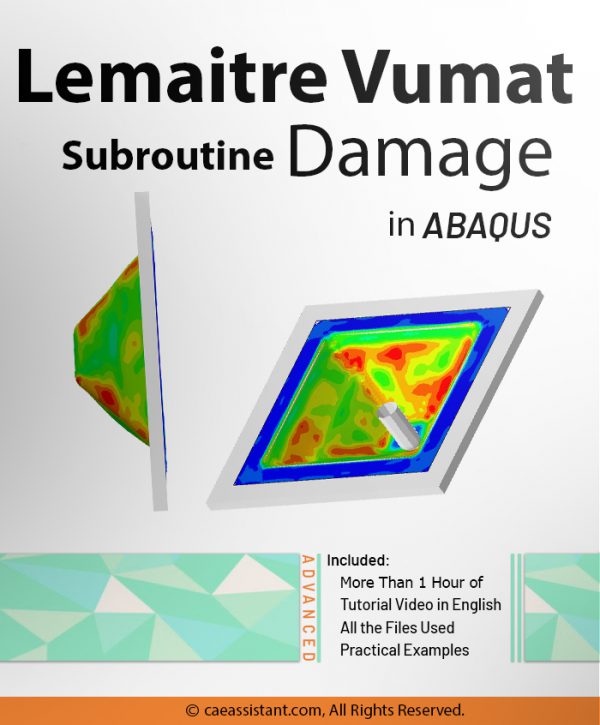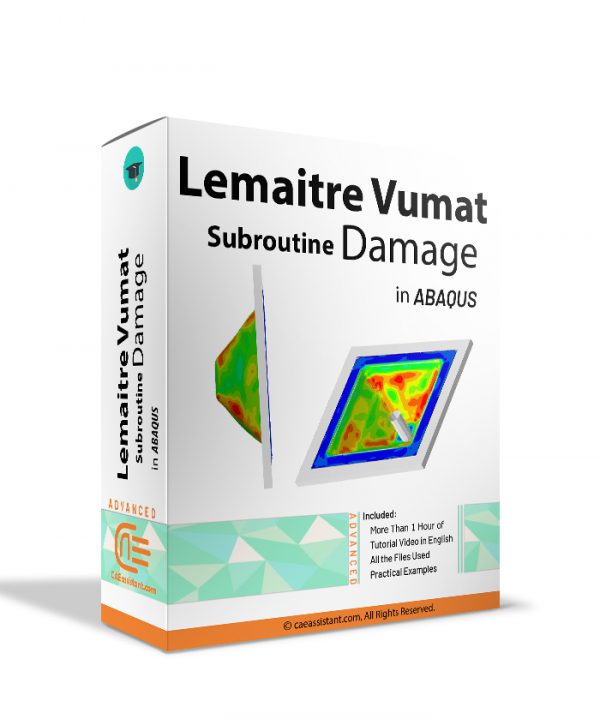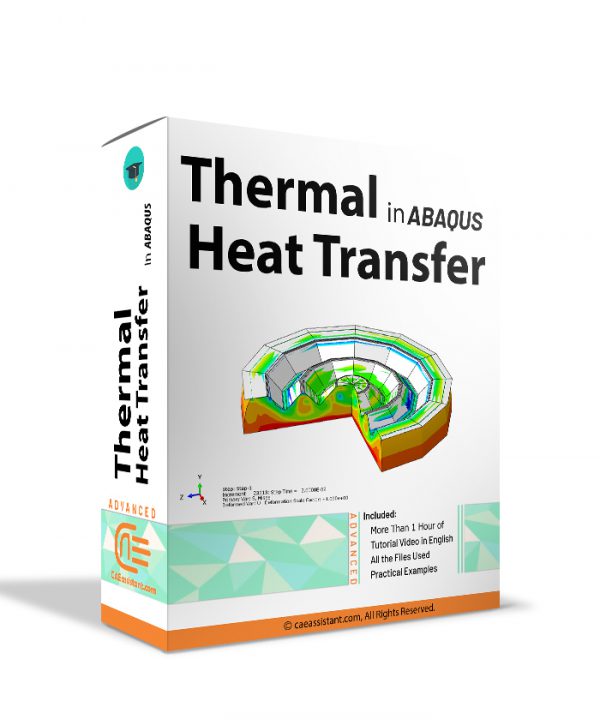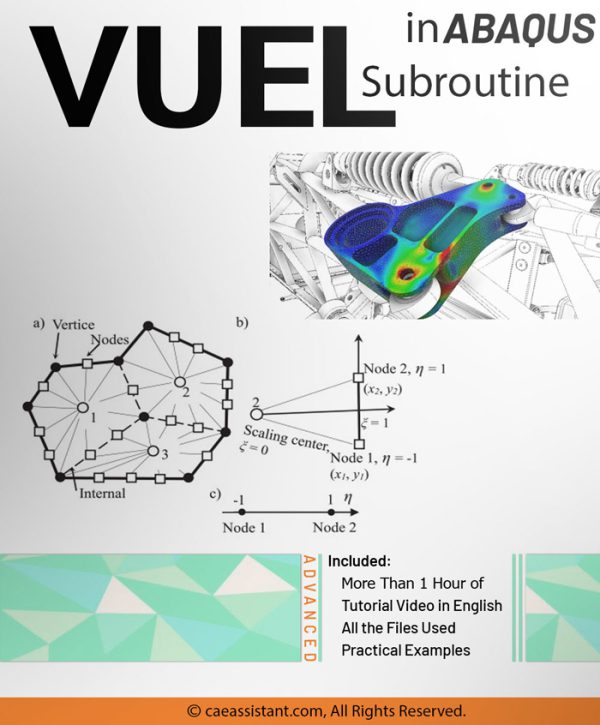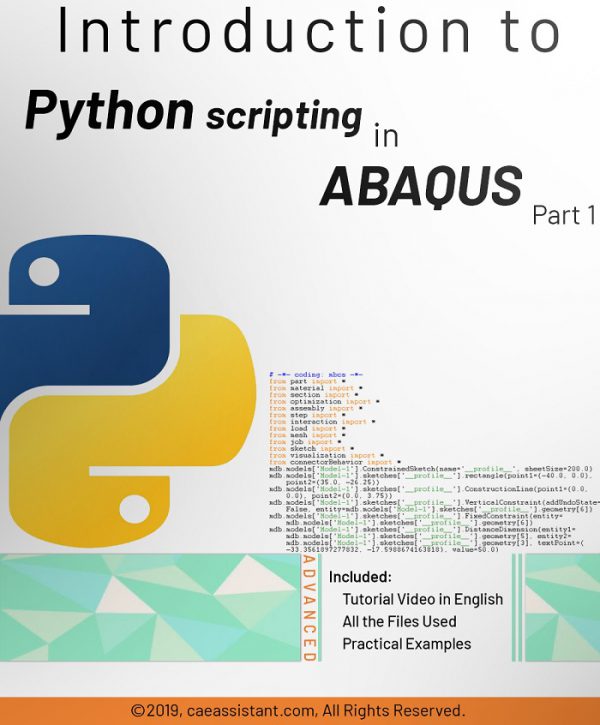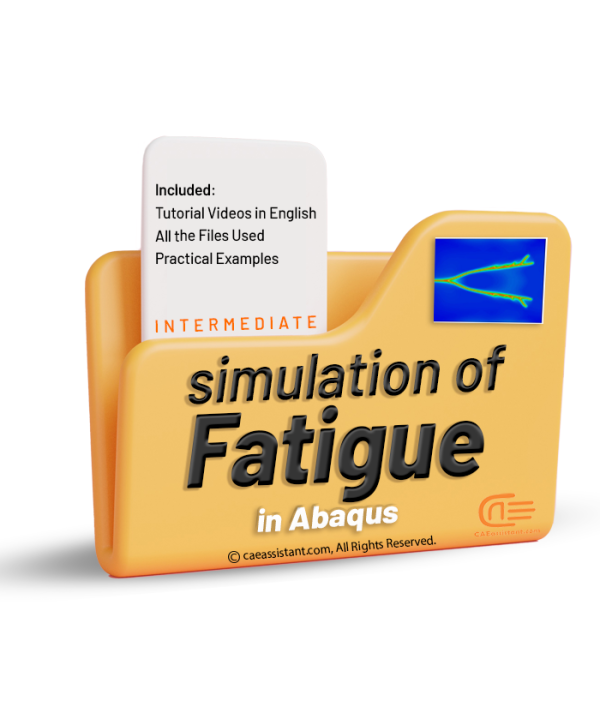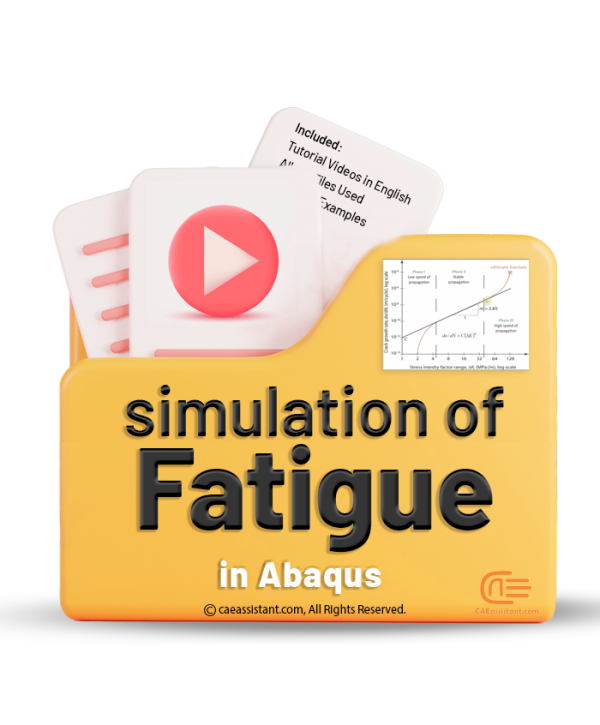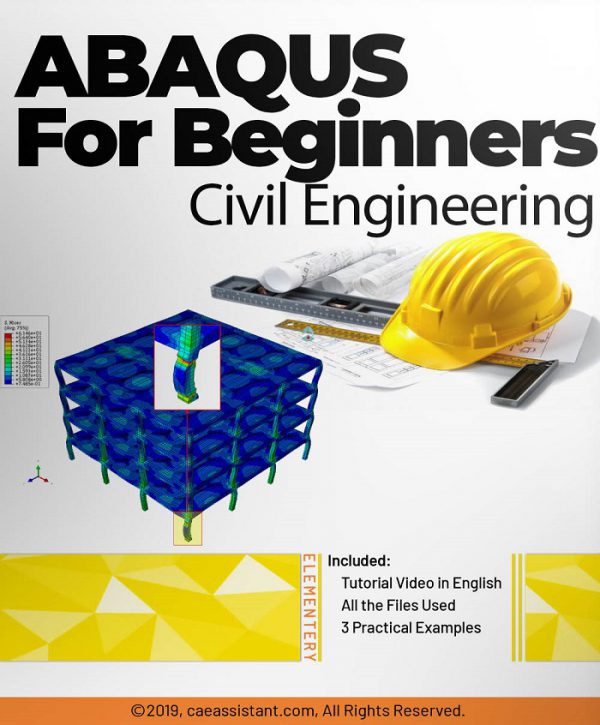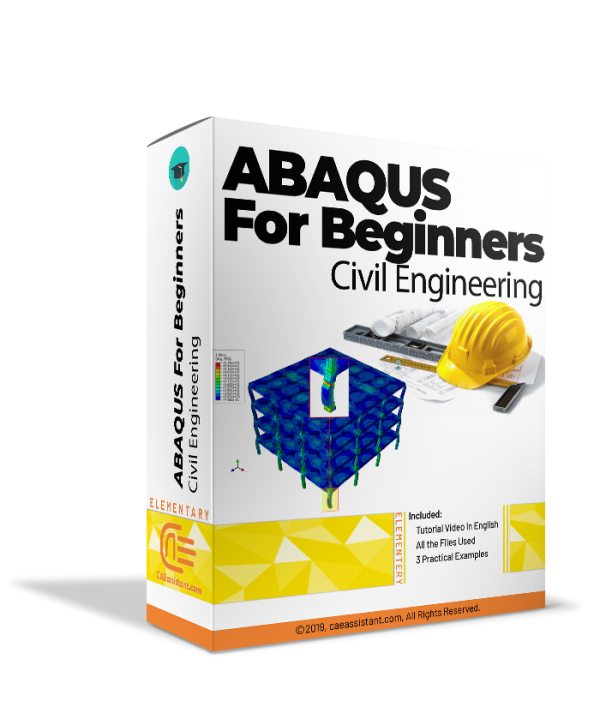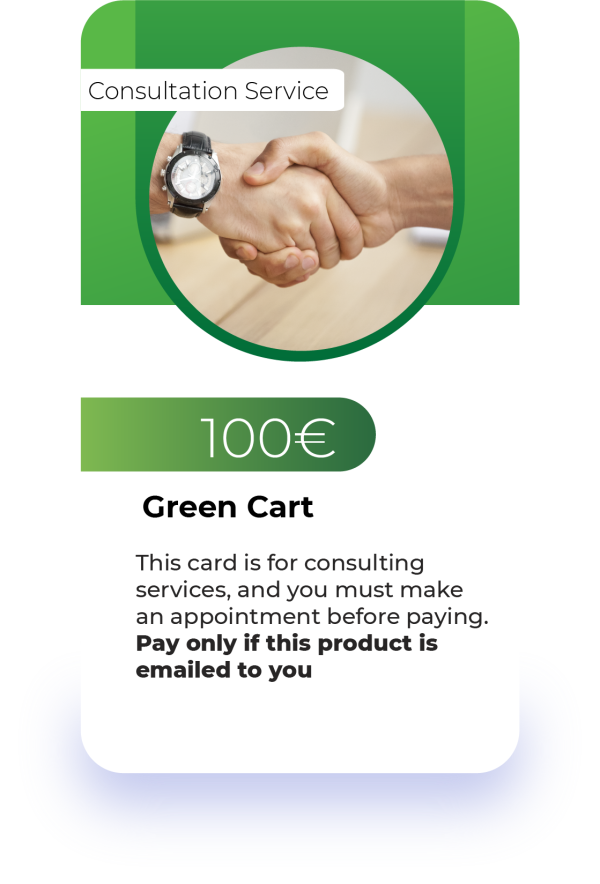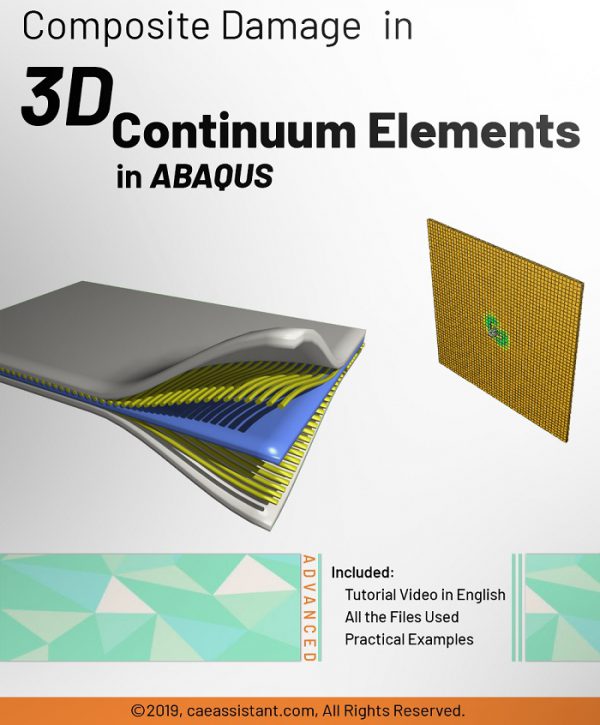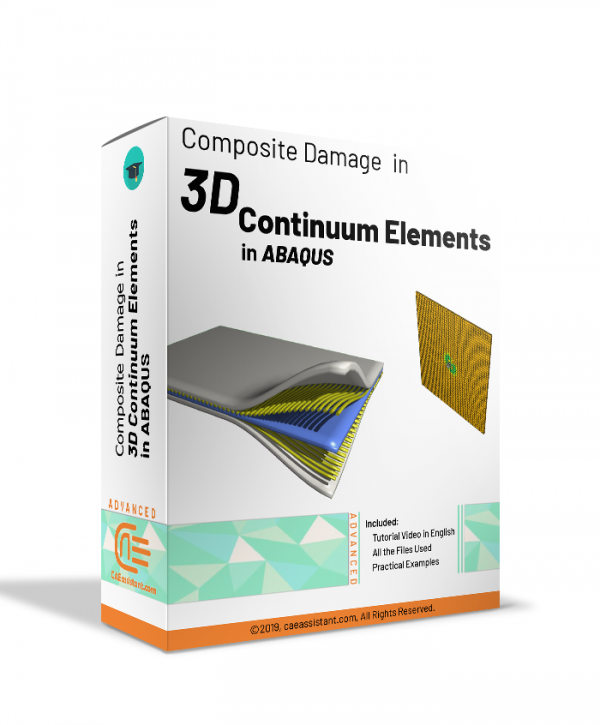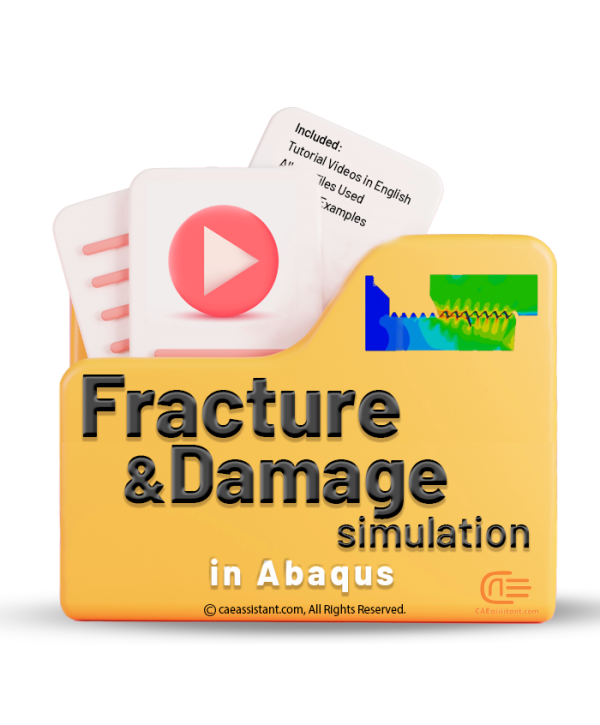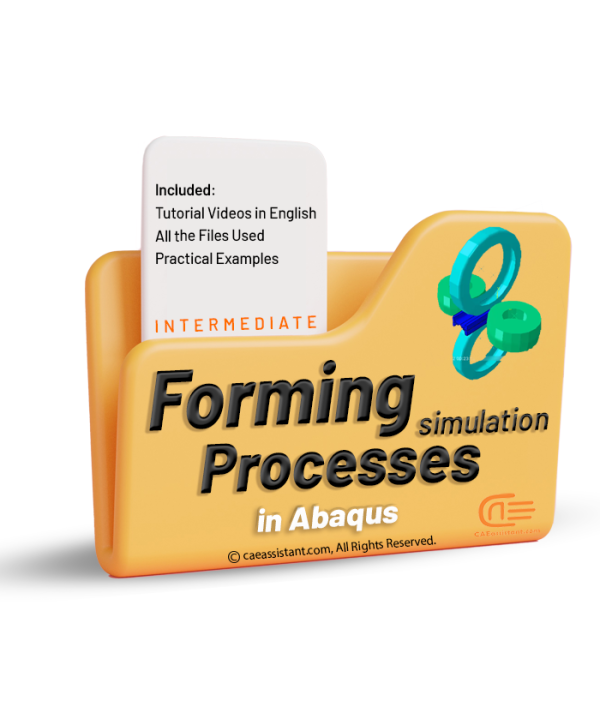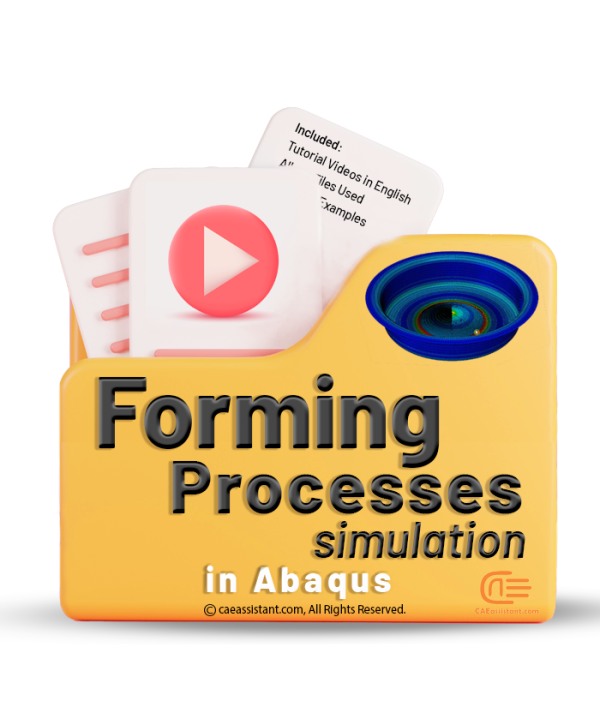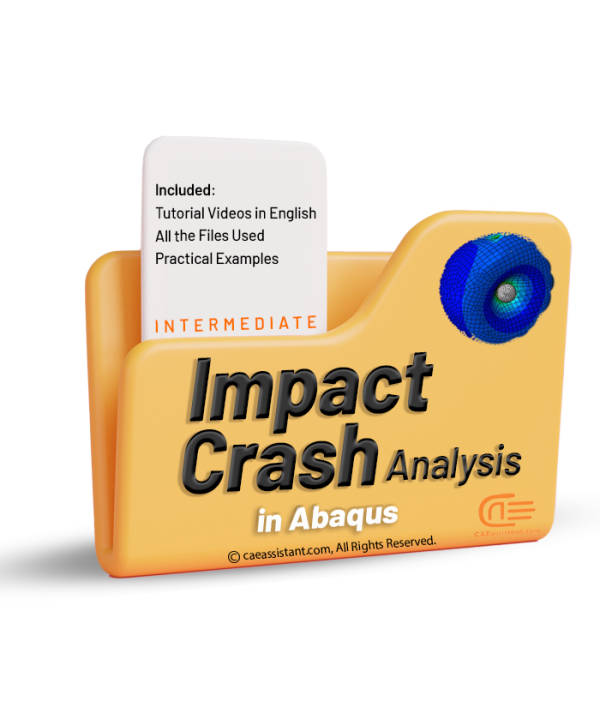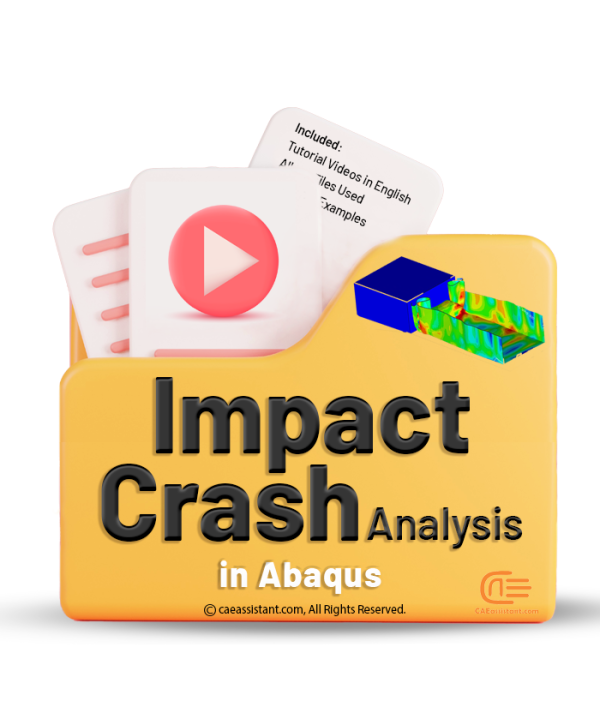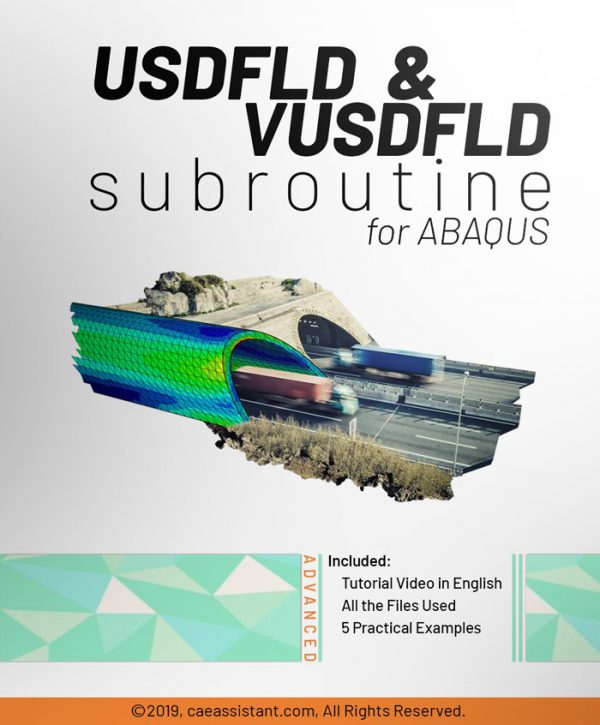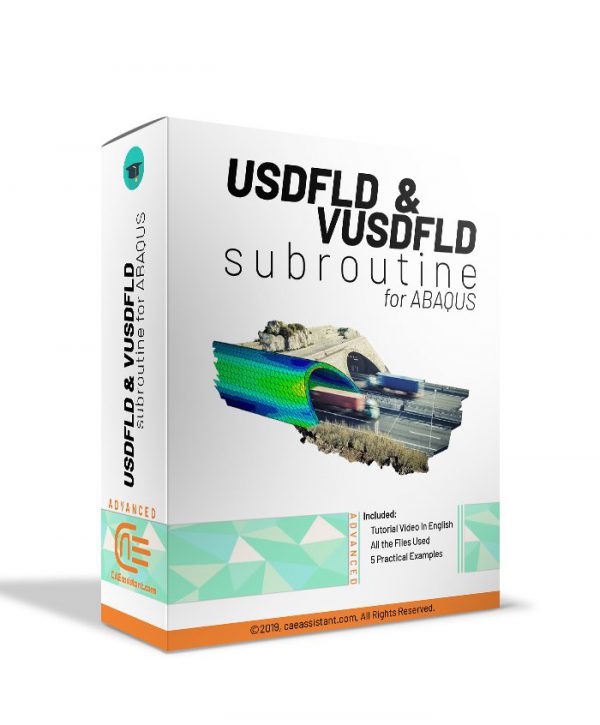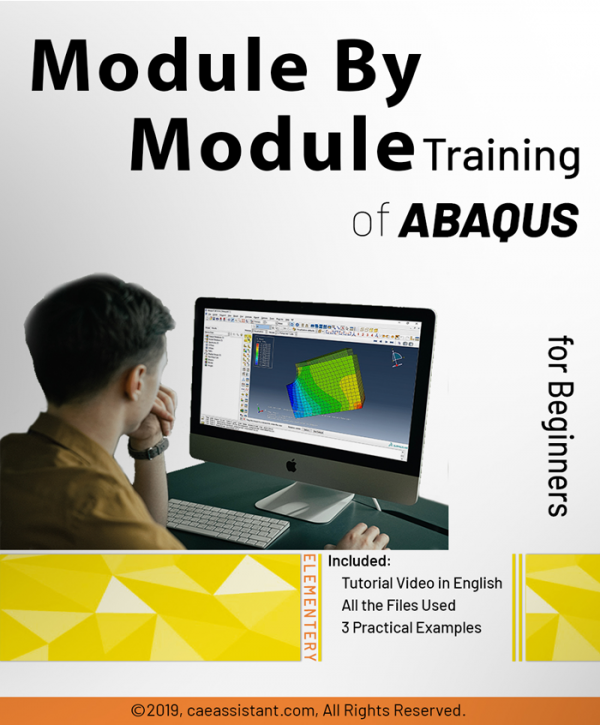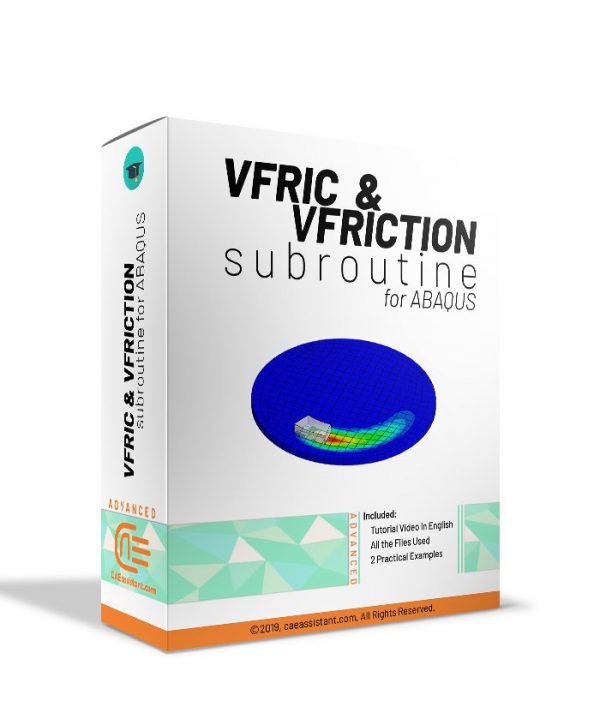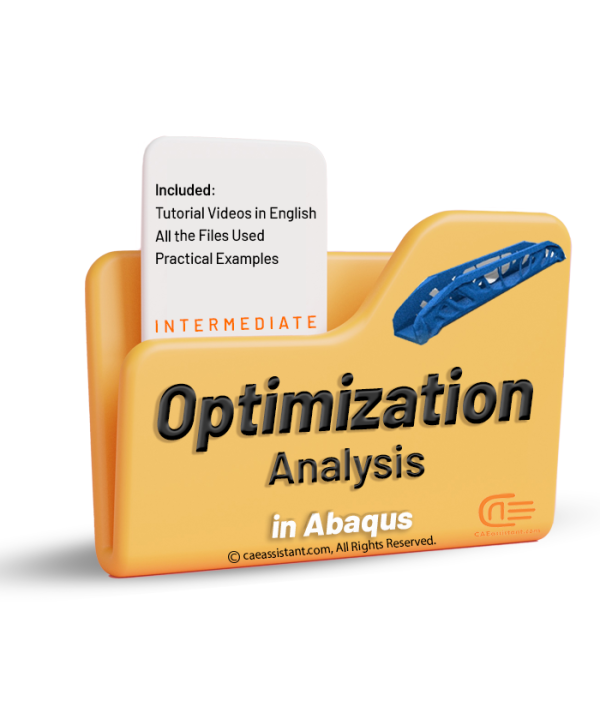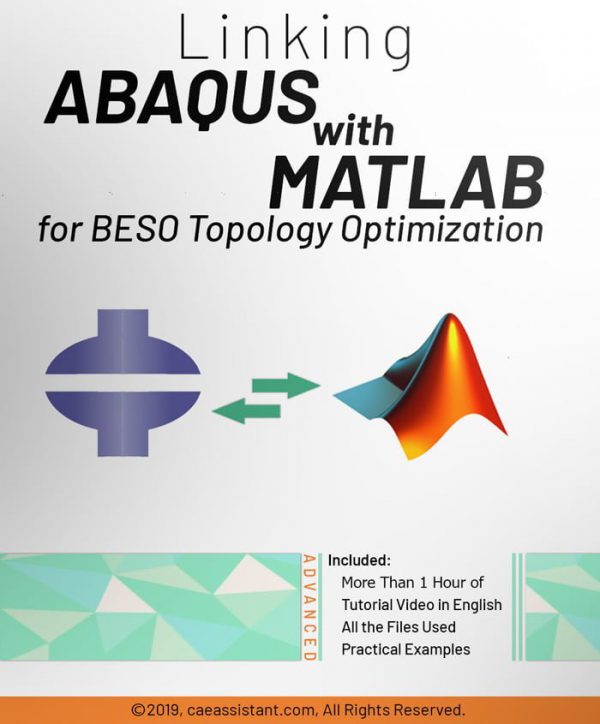Balsa wood fatigue simulation with Abaqus subroutine
Simulation of SMA in Abaqus with UMAT
Python scripting in ABAQUS Part 2
Lemaitre Damage model implementation with VUMAT Abaqus
Thermal Heat Transfer in Abaqus
- Uncoupled heat transfer analysis
- Sequentially coupled thermal-stress analysis
- Fully coupled thermal-stress analysis
- Adiabatic analysis
Introduction to VUEL Subroutine in ABAQUS
Python scripting in ABAQUS Part1
Analysis of Heat Transfer in Abaqus
💿Abaqus for Beginners (Abaqus for Civil Engineering)
3D continuum Abaqus HASHIN progressive Damage for composite materials (VUMAT Subroutine)
Simulation of forming in ABAQUS
Introduction to USDFLD and VUSDFLD Subroutine
In this usable tutorial, the material properties can change to an arbitrary dependent variable. One of the most important advantages of this subroutine is simplicity and applicability. Various and high usage examples are unique characteristics of the training package.
This training package includes 5 workshops that help you to fully learn how to use USDFLD and VUSDFLD subroutines in Abaqus software. By means of these subroutines, you will have expertise redefine field variables at a material point by the solution dependence of standard and explicit, respectively.Abaqus DLOAD Subroutine and VDLOAD Subroutine
Module by module Abaqus Training
Introduction to VFRICTION and VFRIC Subroutines in ABAQUS
This tutorial help you in cases where the classical Columbian equations are more complex and cannot be implemented by the graphical ABAQUS environment. This package introduces and teaches how to write these two subroutines. This introduction contains explaining different optional and mandatory parameters of VFRICTION and VFRIC subroutines.
Optimization in ABAQUS Analysis
Advanced UMAT Subroutine (VUMAT Subroutine) – Abaqus UMAT tutorial
